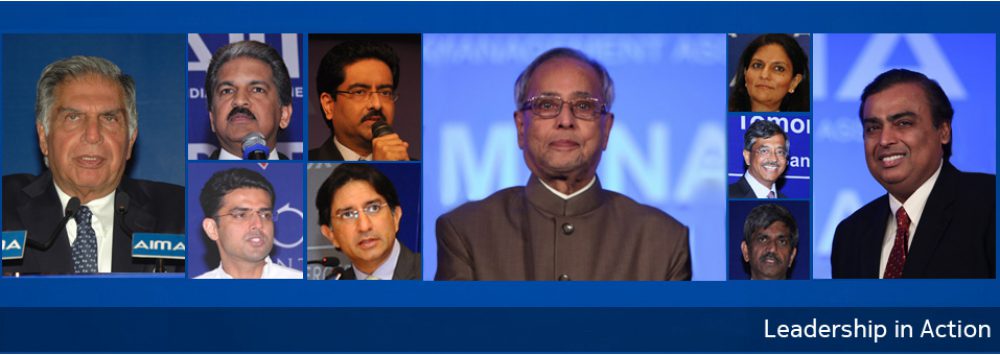
Mr Shiv Shivakumar, Past President, AIMA, Operating Partner, Advent, International Private Equity & Former Chairman, PepsiCo India at AIMA’s ‘LeadHERship Retreat’.
Encouraging and supporting more women to take on leadership roles can result in more resilient, innovative and equitable societies, said Mr Shiv Shivakumar, Past President, AIMA, Operating Partner, Advent, International Private Equity & Former Chairman, PepsiCo India at AIMA’s ‘LeadHERship Retreat’.
This topic is a very important topic. And I have personally tried to do my bit when I was a CEO or a senior manager. So, when I was in Nokia as well as PepsiCo, 40% of my management team was women. Till today, no SMCG company has 40% women.
In the Aditya Birla Group, I led a strategy team apart from other businesses, which had 25 people and 60% were women. So, this notion that women do traditional roles, doctors, teachers etc, and can’t do other roles is completely wrong in my book.
So, why does the world need more women leaders. First, let’s look at parliaments across the world. Elected representatives. What is the ratio of that? Because that’s a very important determinant of the future. Secondly, let’s look at gender gap. What happens in this gender gap? Thirdly, what are the workforce trends? Fourthly, what are managerial roles? How many are filled by women? How many are filled by men? If you look at women in political leadership roles at the world level, in 2002, about 20 years ago, only 15% of elected representatives were women.
India continues to rank lower than regional and global peers on the gender gap front. If you look at the gender gap front, it’s measured on four parameters. Economic participation, educational attainment, health and survival. Political empowerment. We are in 148 countries. We are at 127. A gender gap 0:64 We have to be much better than this if we want to be a truly big superpower country. You cannot be a superpower with super men alone. You can only be a superpower with a lot of super women.
Women leaders often bring different perspectives, experiences, and problem-solving approaches to the table. Having women in leadership positions can contribute to more well-rounded decision-making processes, considering a broader range of viewpoints.
Lastly, I’d like to say that promoting gender diversity in leadership is not just a matter of equality; it’s also about harnessing the full potential of diverse talents and perspectives to address the complex challenges facing the world today.
Watch the full Session- https://www.youtube.com/watch?v=y-SxbgCgZEk



